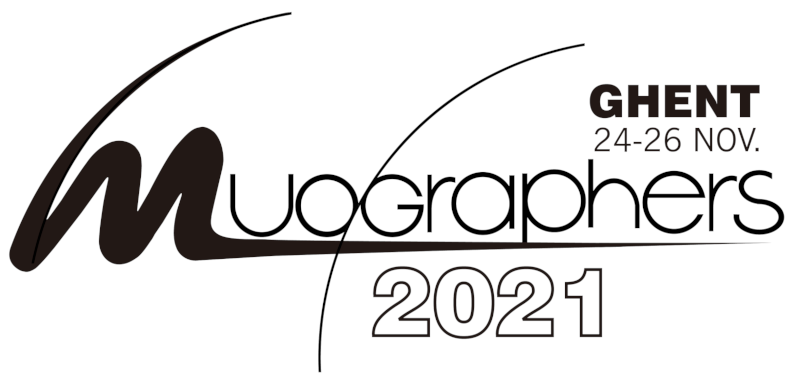Speaker
Description
Sakurajima volcano is one of the world's most active volcanoes with over 3,000 of explosive eruptions during the last five years. A muography observatory is under construction in international collaboration since 2017 at a distance of approx. 2,800 m in south-west direction from the active craters, called Minamidake and Showa [1,2]. Currently, the Sakurajima Muography Observatory (SMO) is operating with 11 MWPC-based Muography Observation System (MMOS) that is covering a sensitive surface area of 8.25 square meters. We will briefly present the design of the MMOS system, the data collection and analysis procedures, and mainly focus on the volcanological observations:
- tephra deposition, and erosion of surface region due heavy rains and post-eruptive lahars were observed [3],
- magmatic plug formation was observed beneath the active craters after the deactivation of Showa in 2018 [4] and dormant period of Minamidake in 2020 [5],
- machine-learning-based processing of daily muographic images achieved a fair sensitivity of above 0.75 in eruption forecasting [6].
Future prospects of SMO and its application for hazard assessment will also be discussed.
[1] L. Oláh et al.: High-definition and low-noise muography of the Sakurajima volcano with gaseous tracking detectors, Sci. Rep., https://www.nature.com/articles/s41598-018-21423-9
[2] L. Oláh et al.: Investigation of the limits of high-definition muography for observation of Sakurajima volcano, Phil. Trans. R. Soc. A 377:20180135. https://doi.org/10.1098/rsta.2018.0135
[3] L. Oláh et al.: Muographic Monitoring of Hydrogeomorphic Changes Induced by Post-Eruptive Lahars and Erosion of Sakurajima Volcano, Scientific Reports, www.nature.com/articles/s41598-021-96947-8 (available from 6th of September 2021)
[4] L. Oláh et al.: Plug Formation Imaged Beneath the Active Craters of Sakurajima Volcano With Muography, Geophysical Research Letters, https://doi.org/10.1029/2019GL084784
[5] L. Oláh & H.K.M. Tanaka: Muography of Magma Intrusion Beneath the Active Craters of Sakurajima Volcano, Geophysical Monograph Series (accepted)
[6] L. Oláh & H.K.M. Tanaka: Machine Learning with Muographic Images as Input: an Application to Volcano Eruption Forecasting, Geophysical Monograph Series (accepted)
